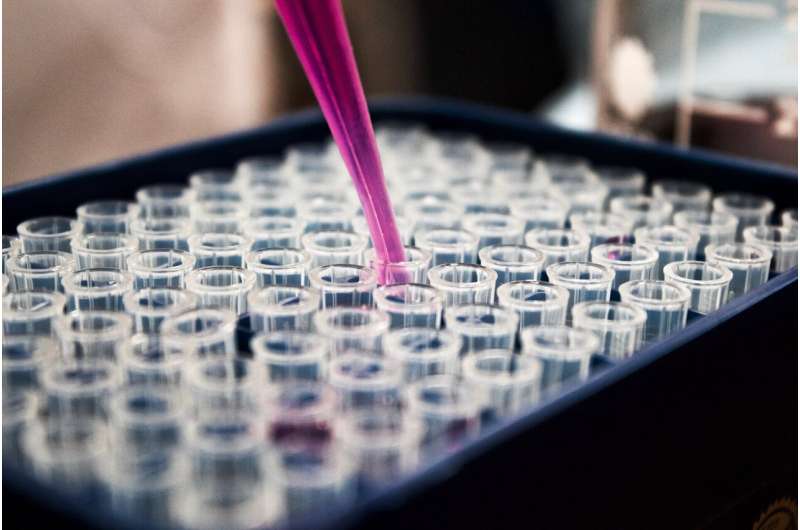This article has been reviewed according to Science X's editorial process and policies. Editors have highlighted the following attributes while ensuring the content's credibility:
fact-checked
peer-reviewed publication
trusted source
proofread
Purified pituitary tissue generated from stem cells

Researchers have successfully converted human pluripotent stem cells into purified pituitary cells that aggregated into hormone-secreting organoids. As reported June 8 in the journal Stem Cell Reports, transplantation of these 3D pituitaries into mice with hypopituitarism resulted in long-lasting improvement in levels of adrenocorticotropic hormone (ACTH), which is normally produced and secreted by the pituitary gland.
"This method of generating purified pituitary tissue opens new avenues of research for pituitary regenerative medicine," says study author Hidetaka Suga of Nagoya University.
The pituitary gland regulates various hormones, controlling wide-ranging processes such as growth, metabolism, stress responses, and reproduction. Pituitary-gland impairment can result in low blood pressure, electrolyte imbalance, impaired consciousness, growth disorders, and infertility. Currently, there is no cure for hypopituitarism—the decreased secretion of hormones normally produced by the pituitary gland. As a result, treatment of this condition involves lifelong hormone replacement.
"Pituitary organoids are promising graft sources for transplantation for the treatment of hypopituitarism," Suga says. "The generation of stem cell-based human pituitary tissue that responds to the surrounding environment could lead to improvements in regenerative-medicine treatments for hypopituitarism."
In the study, the researchers developed strategies to reliably generate and purify pituitary cells derived from human pluripotent stem cells for clinical applications. The purified pituitary cells aggregated to form pituitary spheres, which exhibited high capacity to secrete ACTH. All the pituitary-hypothalamic organoids contained cells that produced ACTH.
When transplanted into mice with hypopituitarism, the engrafted 3D pituitaries survived for half a year, leading to long-lasting improvement in ACTH levels and appropriate ACTH responses. The transplanted cells responded to corticotropin-releasing hormone—a peptide hormone involved in stress responses. In the transplanted 3D pituitaries, negative feedback by the glucocorticoid dexamethasone overrode positive stimulus by corticotropin-releasing hormone, potentially reducing side effects of ACTH replacement. Because the 3D pituitaries receive steroid feedback through systemic circulation, there is a low risk of Cushing's disease—a condition in which the pituitary gland releases too much ACTH.
"Our strategies open new avenues toward high-quality pituitary cell production suitable for pituitary regenerative medicine," Suga says. "For non-clinical or clinical studies, we will continue to develop manufacturing methods for clinical-grade cell lines, evaluate the efficacy of these lines in animals such as monkeys, and confirm the functionality of products after transplantation."
More information: Hidetaka Suga, Generation and purification of ACTH-secreting hPSC-derived pituitary cells for effective transplantation, Stem Cell Reports (2023). DOI: 10.1016/j.stemcr.2023.05.002. www.cell.com/stem-cell-reports … 2213-6711(23)00180-7





















